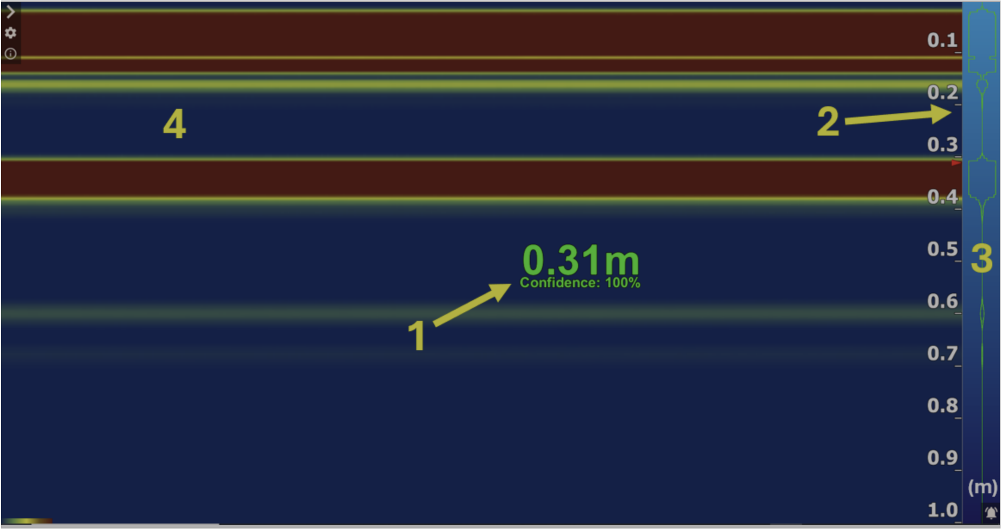Detecting underwater mines and unexploded ordnance, particularly those buried under sand, is challenging and poses a threat to maritime navigation and the environment. The focus of this research is to adapt ground penetrating radar (GPR) techniques, which have been successful in landmine detection, to enhance the detection of underwater targets using sonar systems. While technical limitations posed challenges, the results contribute to a better understanding of acoustic propagation and offer insights for future improvements in underwater detection.
Abstract: Currently, underwater mines and unexploded ordnance represent a persistent threat to maritime navigation and the environment. In submarine warfare, detecting such objects is particularly challenging, especially when they are abandoned and buried under sand. To address this issue, mine countermeasures have been developed that take advantage of various technologies, including acoustic and electromagnetic waves.
Recently, new modeling approaches for ground penetrating radar (GPR) have led to significant advancements in the detection of buried landmines. The aim of this work is therefore to adapt the GPR methodology to enhance the detection and classification of underwater targets using sonar systems.
To achieve this, laboratory experiments were conducted to simulate various scenarios involving a sonar sensor, a sediment layer, and various targets. Particular attention was given to understanding the measurements and pre-processing steps specific to the sensor.
Subsequently, extensive numerical simulations were performed to validate and compare the results obtained experimentally. This comparison involved introducing the concept of a perfect acoustic reflector (PAR), which is useful for retrieving the transfer functions of the sonar-hydrophone-multilayered media system.
These experiments highlighted both the limitations and potential of the model for analyzing realistic scenarios. Technical limitations such as the size of the water tank and sensor limitations, posed challenges to fully achieving the objectives. Despite these difficulties, the results contribute to a deeper understanding of acoustic propagation mechanisms and pave the way for future optimizations in underwater detection applications by using the approach of adapting the GPR methodology.
Authors:: Pirot, L.
Journal: UCLouvain
To read more, click here!

